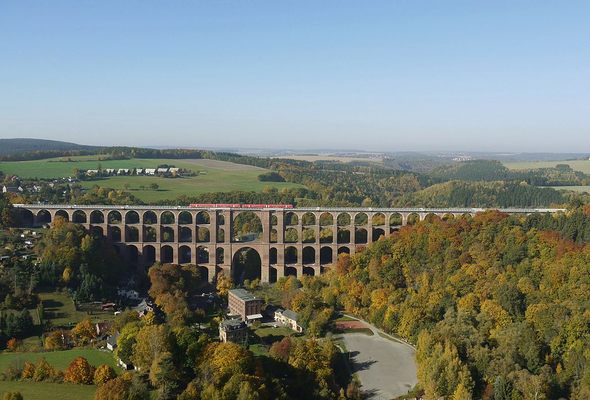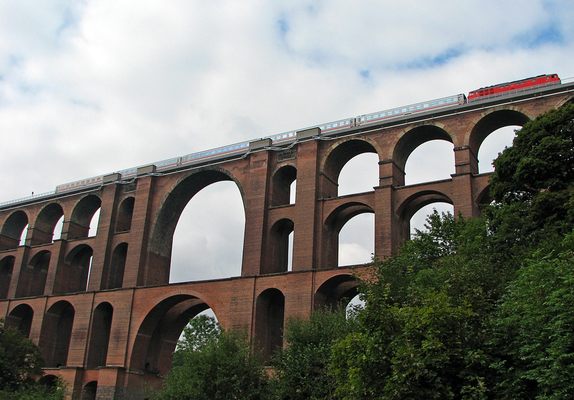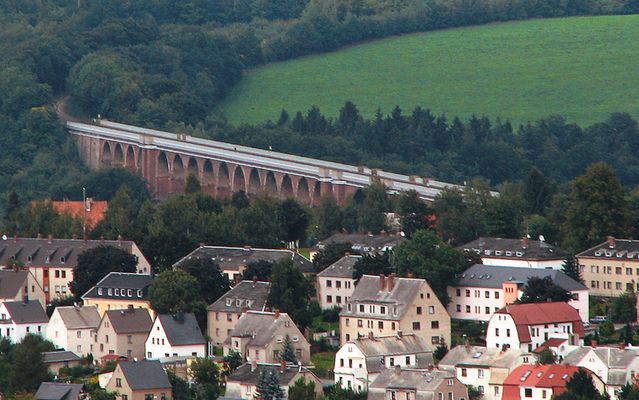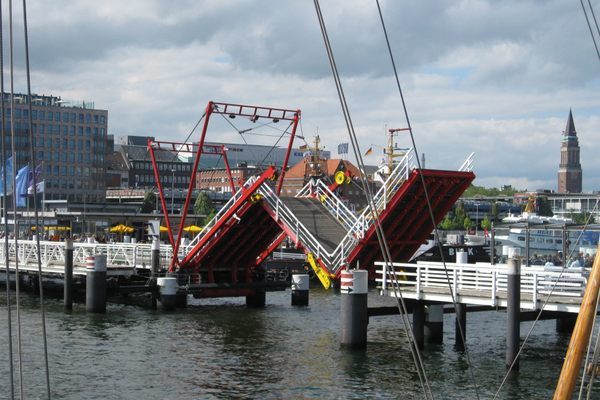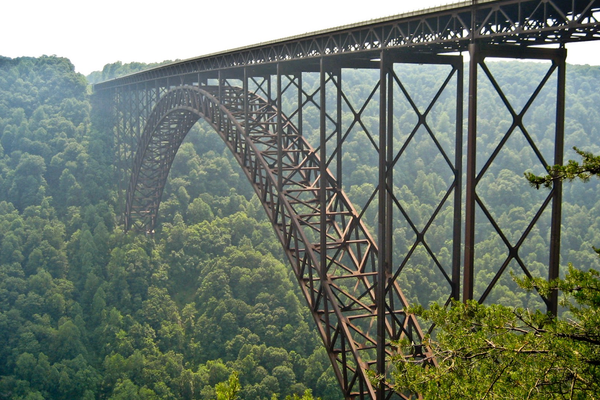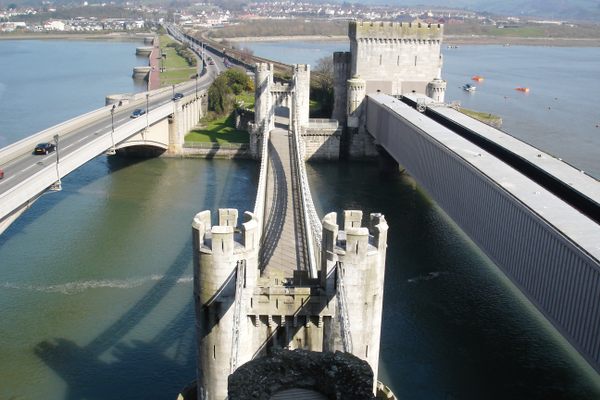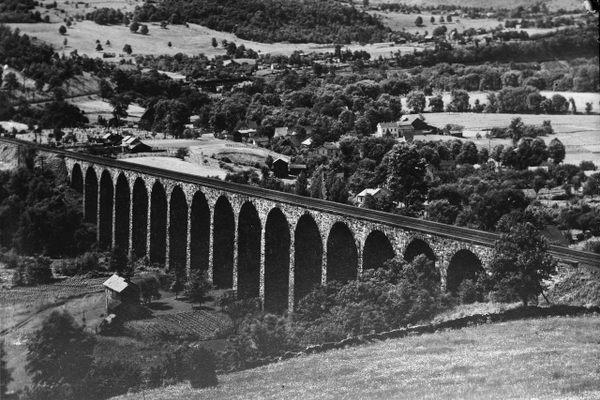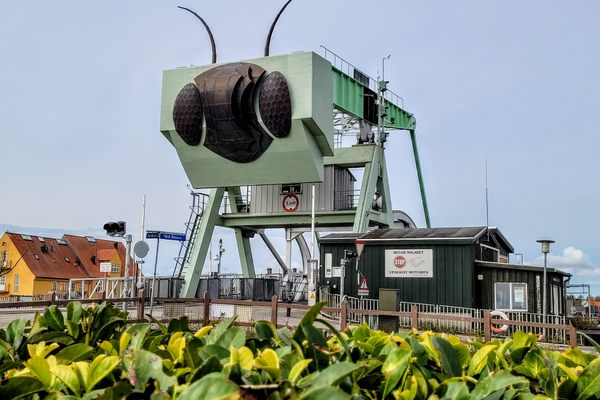About
Spanning the vast Göltzsch River valley from the town of Mylau to the village of Netzschkau, the 256-foot-tall, 1,883-foot-long Göltzsch Viaduct was a hugely impressive feat of engineering in the mid-19th century, and remains the world's largest brick-built bridge.
The Göltzsch Viaduct was designed by Johann Andreas Schubert, the chairman of the jury judging a contest to see who could figure out how to design a railway bridge over the valley sturdily but cheaply. No one won, but Schubert ended up taking some inspiration from a few of the entries for his own effort.
The decision to build the bridge out of bricks, unusual for the time, was made because of a ready supply of loam (a soil made of sand, silt and clay) nearby that could be used to make bricks. Construction of the bridge took five years and more than 26 million bricks.
A snag was hit early on when it was discovered that some of the ground beneath the bridge was not as firm as had been thought. This is why the central arch is wider than the others, a solution conceived by Robert Wilke, the chief engineer.
When the Göltzsch Viaduct opened in 1851, it was the tallest railway bridge in the world. Though the Nazi Army considered destroying it during World War II, it remains intact to this day. The bridge is a tremendous sight to see from any angle, and its history can be explored in a nearby museum.
Related Tags
Know Before You Go
Take the regional train from Netzschgau or Reichenbach to get over the bridge and cross the valley, or just take a look from below and feel like a little hobbit.
Published
September 11, 2017
Sources
- https://www.intltravelnews.com/2015/07/july-2015-g-ltzsch-viaduct-saxonybavaria-germany
- https://rail.cc/en/netzschkau/goeltzsch-viaduct/l2094
- https://translate.google.com/translate?hl=en&sl=de&u=https://goeltzschtalbruecke.info/&prev=search
- https://www.bridgeinfo.net/bridge/index.php?ID=83
- https://steemit.com/photography/@homeartpictures/the-largest-brick-bridge-in-the-world-is-in-saxony-germany
- https://en.wikipedia.org/wiki/Göltzsch_Viaduct
